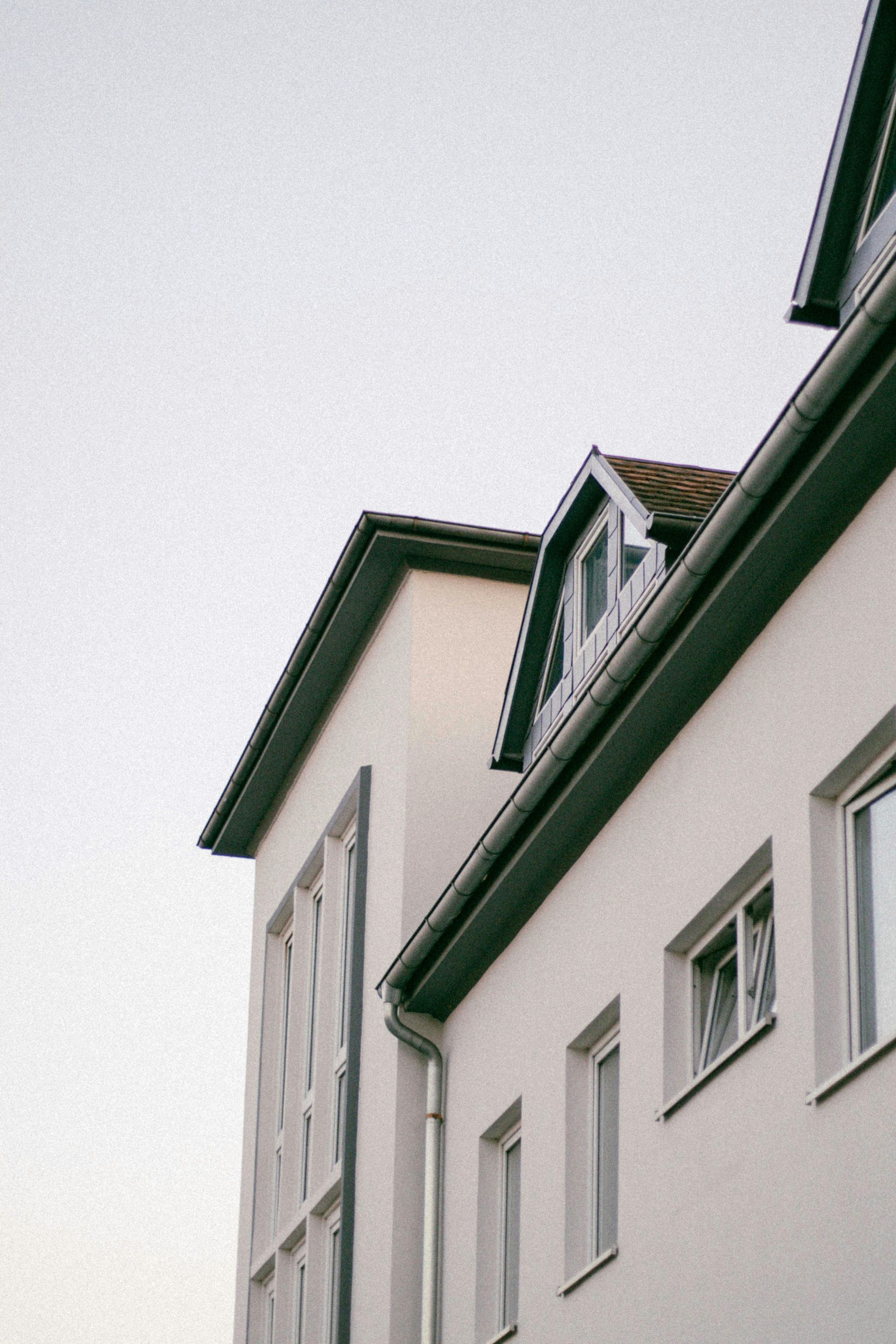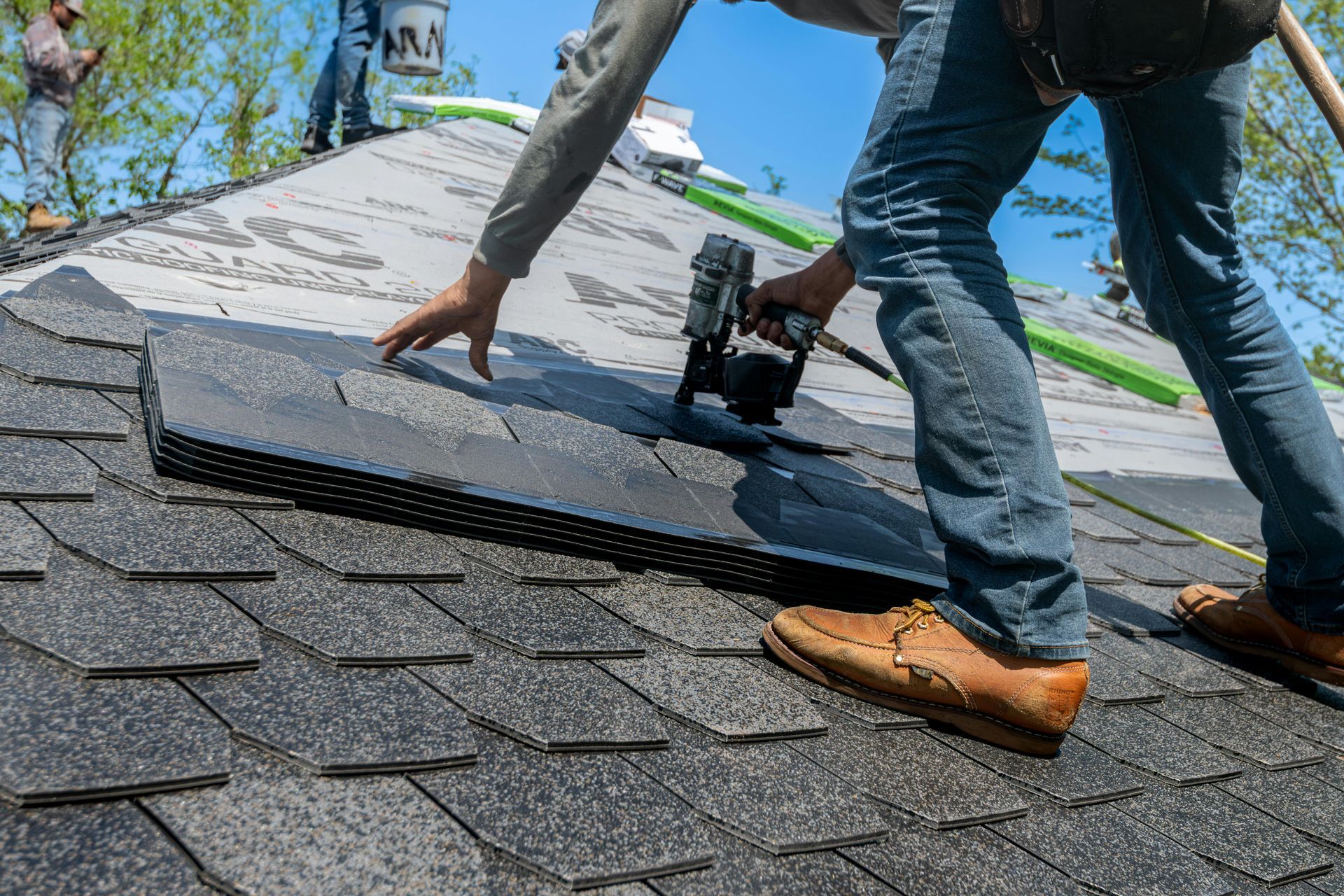Roofing 101: Basics of Roof Components, Types, and Functions
Owning a home in Fredericton means living with a climate that tests your roof year-round. From heavy snow and ice buildup to summer rainstorms and rapid freeze-thaw cycles, your roof is your first line of defense against the elements. Understanding how your roofing system works helps you identify issues early, make informed decisions about repairs or replacements, and protect your investment for the long term.
This guide breaks down the essential components, common roof styles, and material options suited for Fredericton and surrounding areas like New Maryland, Lincoln, and Oromocto.
Understanding the Main Components of a Roof
A roof is more than just shingles - it’s a complete system of materials that work together to protect your home from water, wind, and temperature extremes. Knowing the role of each part helps you recognize potential issues before they become costly repairs.
- Decking (Sheathing): This is the foundation of your roofing system. Typically made from plywood or oriented strand board (OSB), it provides structural support and a base for other layers to attach to.
- Underlayment: In New Brunswick, ice and water shields are commonly used as underlayment to protect against wind-driven rain and ice dams - a frequent concern during Fredericton winters.
- Roofing Material (Shingles, Metal, etc.): This is the outermost layer that shields your home from the elements. Asphalt shingles remain the most common choice locally due to their reliability and affordability.
- Flashing: Installed around chimneys, valleys, skylights, and vents, flashing directs water away from vulnerable areas where leaks are most likely to start.
- Ventilation (Ridge and Soffit Vents): Proper airflow prevents condensation in the attic, reduces ice dam formation, and extends the life of your shingles.
- Gutters and Downspouts: Essential for draining rainwater and melting snow safely away from your home’s foundation, reducing the risk of erosion and basement leaks.
When each of these components performs properly, your roof can last decades - even in Fredericton’s challenging climate.
Common Roof Styles in Fredericton
Different roof designs handle snow, wind, and water in unique ways. In Fredericton and nearby communities, homeowners typically choose from a few tried-and-true styles based on function, appearance, and maintenance needs.
- Gable Roofs: The classic triangular shape is efficient for snow shedding and ventilation, making it ideal for Fredericton’s snowy winters.
- Hip Roofs: These have slopes on all four sides, providing greater stability and resistance to high winds - a common advantage during New Brunswick’s stormy seasons.
- Shed Roofs and Flat Roofs: Often used for additions, garages, and commercial buildings. Flat or low-slope roofs require specialized membranes and proper drainage to handle snow and standing water.
Each roof type offers trade-offs between cost, performance, and design, but proper construction and ventilation are always key to longevity.
Popular Roofing Materials in New Brunswick
Choosing the right roofing material depends on your home’s style, your budget, and the local climate. Fredericton homeowners have a range of options that balance durability, aesthetics, and long-term value.
- Asphalt Shingles: The most common roofing choice in the region. Affordable, easy to install, and available in many colours and styles, they typically last between 15 and 30 years.
- Metal Roofing: Increasingly popular in both urban and rural settings for its long lifespan, minimal maintenance, and ability to shed snow efficiently. A well-installed metal roof can last 40 years or more.
- Synthetic Roofing: Made from advanced composites that replicate the look of slate or cedar shake, these materials are lightweight, weather-resistant, and ideal for homeowners seeking both durability and visual appeal.
- Wood Shingles or Shakes and Slate: While less common due to cost and maintenance needs, these options are sometimes chosen for heritage properties or custom architectural projects.
Climate Considerations for Fredericton Roofs
New Brunswick’s weather plays a major role in roof design and material choice. Understanding these local factors ensures your roof performs well year-round.
Winter snow loads must meet local building code standards to prevent structural stress or collapse. Roof pitch and framing strength are critical. Ice dams are a recurring problem for older homes without proper insulation and ventilation, so adding an ice-and-water barrier under your shingles is essential.
Seasonal windstorms can also test a roof’s integrity. Using high-quality shingles with secure fasteners and well-installed flashing helps prevent blow-offs and leaks. In all seasons, keeping gutters clear and attic ventilation balanced will improve performance and lifespan.
The Role Your Roof Plays
Your roof is more than a barrier between you and the elements - it’s an integral part of your home’s structure and efficiency.
A well-built roof protects your home from Fredericton’s rain, snow, wind, and temperature swings. Proper insulation and ventilation reduce heating and cooling costs by maintaining balanced indoor temperatures. A clean, well-maintained roof also enhances curb appeal and boosts resale value, giving you peace of mind and return on investment.
Need Roofing Help in Fredericton?
Altitude Roofing proudly serves homeowners throughout Fredericton, New Maryland, Lincoln, and Oromocto. Whether you need a detailed inspection, roof repair, or full replacement, our team is here to help you make informed choices for your home.
From identifying the right roofing material to ensuring your attic is properly ventilated, we combine local expertise with professional craftsmanship to protect what matters most - your home.
📞 Call us today or book a free quote and get roofing advice tailored to your neighbourhood, budget, and goals.


